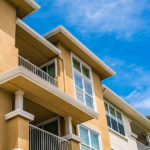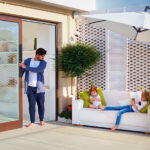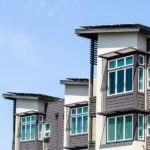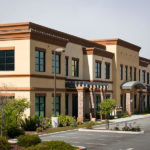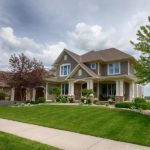Wood Destroying Organisms in Bay Area, CA
About Termites
Termites have been around for a very long time and are one of the most successful and prolific species on the planet.
US homeowners spend billions annually on termite control and termite damage. We will never be completely rid of them, but we have several options that limit our exposure to their predations.
Termites come in many forms, but the 2 primary species that infest homes and buildings in the San Francisco Bay Area are Drywood and Subterranean termites. Both are destructive and each has a different treatment method used in their control. Termites have a colony, not unlike ants. There is an egg-laying queen, a king, soldiers, workers, and winged breeders known as “swarmers”. These swarmers are one of the most common first indications that you have a hidden colony as they leave the nest in large noticeable numbers to set up a colony at another location. Subterranean termites tend to swarm in the Spring, while Drywood termites tend to swarm in the late Summer and Fall.
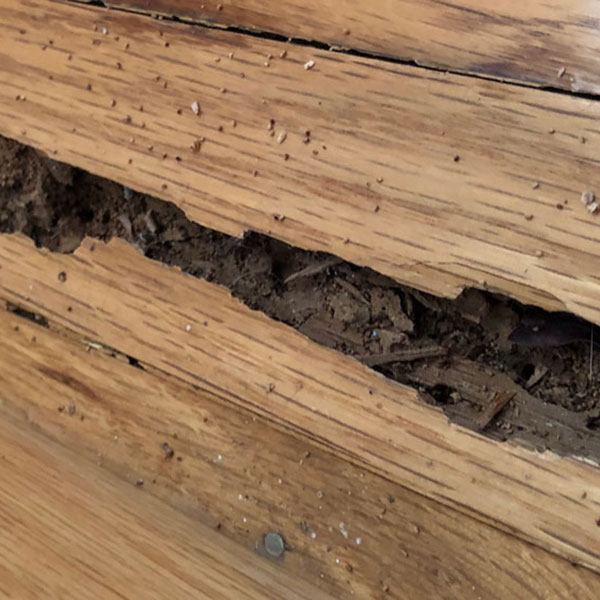
Drywood Termites
These termites are named such because they actually make their nests in the wood itself, and do not just use it as a food source. Colonies can range up to several thousand individuals, and the damage they can wreak can be substantial. Common signs of drywood termites are “pellets”, small pinched debris that is their waste. It resembles a peppery-like sand and is usually in piles under the kickout holes used to eject debris from the colony. Initial sites for infestation are: exposed wood in the attic, subarea, rafter tails, eaves, door and window frames, decks and railings. Exposed unsealed wood is needed for them to start a colony, and so that is usually the first place to look for signs of infestation. Ask your inspector about termite prevention methods to ensure your home’s best chance to remain free of termite infestations in the future.
Our primary treatment method for drywood termites is to use targeted spot treatment through a variety of customized treatment methods. Treatment is usually completed in a matter of hours, homeowners are not required to leave and the product is safer, faster, and much more environmentally friendly than many more traditional methods used to treat termites.
Subterranean Termites
Like Drywood Termites, Subterranean termites feed on wood or other items that contain cellulose, such as wood, paper, cardboard and many other common products. Unlike Drywood Termites, Subterranean termites live in the ground instead of in the wood itself. They can range several hundred yards from the main colony in search of food and are voracious eaters. Their colony size is typically much larger then their Drywood cousins and often they number in the tens of thousands. As a result Subterranean Termites can do significant damage in a comparatively short amount of time.
In addition to swarming during the breeding season, a common indicator of a Subterranean Termite infestation are “mud tubes”, which are exactly what they sound like. When the termites are forced to leave their underground environment in the search for food, they build tunnels above ground to travel, feed, and work in. Treatment of subterranean termites is done with Termidor SC. A licensed applicator will treat the soil around the perimeter of the house and as needed in any subareas as indicated by the inspector. This process is done in a matter of hours and can be done with minimal disruption of a homeowner’s daily routine.

